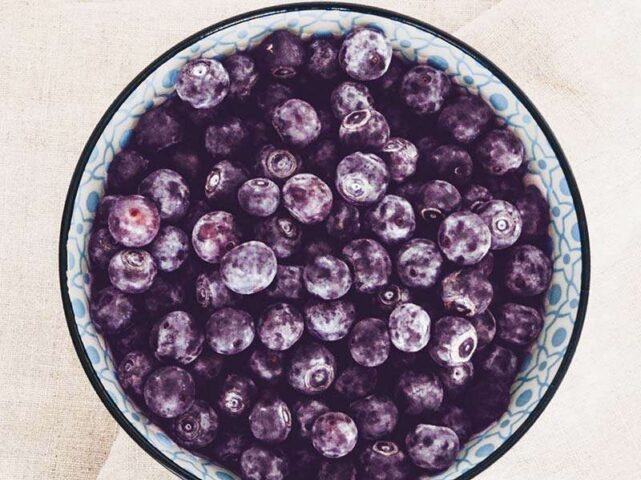Navigating Children’s Vitamins: Which Ones Are Necessary?

By Paige Mandel, MS RD CDN
The supplement space can be incredibly confusing for adults and children alike. But as a parent, the gray area can be overwhelming and frustrating, as you only want the best for your kiddo’s growth and development. Interestingly, the American Academy of Pediatrics doesn’t even have an official position on the subject, because it believes healthy kids receiving a well-balanced diet do not need vitamin supplementation.1 This means that you are their advocate, along with their pediatrician and dietitian, to determine what is best based on their individual diet, lifestyle and needs.
Here at Laura Cipullo Whole Nutrition, we often will recommend a multivitamin for most children. Let’s be honest and compassionate with ourselves – a “healthy well-balanced diet” is a pretty nuanced term, and not always attainable. Yes, as parents the goal is to include dairy, fruits, vegetables, whole grains, and a variety of protein sources for your kids, but this is not always the case, nor is it expected to be. Whether you have a selective eater or an adventurous eater, many children do not receive all the vitamins and minerals important for their growth and development at the levels recommended. Reminder – this is ok, and totally normal! While we will explore ways to boost the nutritional density of your child’s diet to more appropriately meet their needs through food, we also encourage a multivitamin for some extra help to fill the nutritional gaps. We also will recommend looking at your child’s labs and evaluating their current diet to screen for more common deficiencies such as vitamin D, B12, iron, and calcium to assess for further supplementation not fully covered through a multi.
The Linus Pauling Institute, a molecular nutrition research institute at Oregon State University recommends “children between the ages of 4 and 13 take a daily multivitamin with 100% of the daily value for most vitamins and essential minerals, keeping in mind the RDA and UL for certain micronutrients in particular age groups.”2
Which Multivitamin Should I Get?
We always recommend consulting with your child’s pediatrician and/or individual dietitian before trying a supplement. Some brands that our clients love (by no means an endorsement):
- Flintstones Complete Chewable Tablets
- Metagenics® Multigenics® Chewables – Outrageous Orange Flavor
- Smarty Pants® Multi and Omega 3s
- Rainbow Light Kid’s One
- Renzo’s Picky Eater Multi w/ Iron
What form? Chewable, gummies, liquid or powder
The most important part is that your child will take their multi consistently. Chewables and liquid vitamins will be more shelf stable than the gummies, and less likely to contain added sugars and be considered candy.
Should the Daily Value be 100% or more than 100%?
Just 100%! Consuming higher than recommended doses of certain vitamins such as vitamin A, C, or D can produce harmful adverse effects.
Should it contain iron or not?
In short, it is the dosage that is most important, and ensuring your child takes only the recommended dosage of their vitamins. “Iron supplements are a leading cause of poisoning in children under age 6, according to the National Institutes of Health”3. Most children’s multivitamins do not contain iron, but some do as most children in the US do not get enough iron in their diets.4
Do any of them have calcium?
- Flintstone Complete Chewable Tablets = 100mg calcium
- Metagenics = 30mg calcium
- Rainbow Light Kid’s One= 100mg calcium
“ The Food and Nutrition Board (FNB) of the Institute of Medicine establishes dietary reference intakes (DRIs) for each micronutrient; these reference values should be used to plan and assess dietary intakes in healthy people (4, 5). The DRIs include the estimated average requirement (EAR), the recommended dietary allowance (RDA), the adequate intake (AI), and the tolerable upper intake level (UL).”5
Linked here is the Dietary Reference Intakes set by the FNB: RDA for Micronutrients during Childhood, Ages 4-8 years and ages 9-13 years.
If you have any questions or concerns about your child’s nutritional needs or supplements, reach out to our dietitians at LCWNS, we would be happy to assess for any nutritional gaps that indicate supplementation and work with you and your family to get all of your nutrition needs met together!
References
- Where We Stand: Vitamins. HealthyChildren.org. Accessed March 7, 2022. https://www.healthychildren.org/English/healthy-living/nutrition/Pages/Where-We-Stand-Vitamins.aspx
- Acosta K. Best Multivitamins For Kids Of 2022, According To Experts. Forbes Health. Published October 20, 2021. Accessed March 7, 2022. https://www.forbes.com/health/family/best-multivitamins-for-kids/
- Can Kids Consume Too Much Iron With Multivitamins? Healthy Eating | SF Gate. Accessed March 7, 2022. https://healthyeating.sfgate.com/can-kids-consume-much-iron-multivitamins-4894.html
- Nutrition and Supplement Use. HealthyChildren.org. Accessed March 7, 2022. https://www.healthychildren.org/English/healthy-living/nutrition/Pages/Nutrition-and-Supplement-Use.aspx
- Children. Linus Pauling Institute. Published April 29, 2014. Accessed March 7, 2022. https://lpi.oregonstate.edu/mic/life-stages/children







